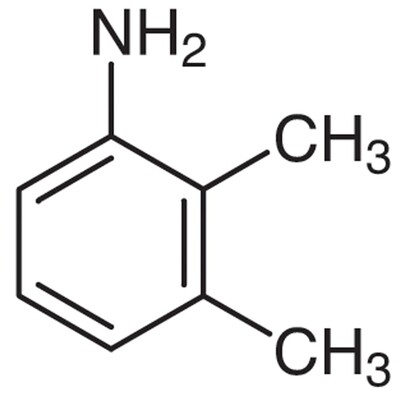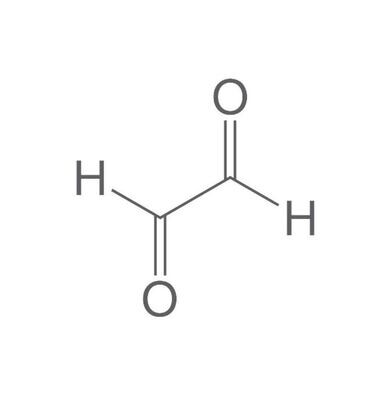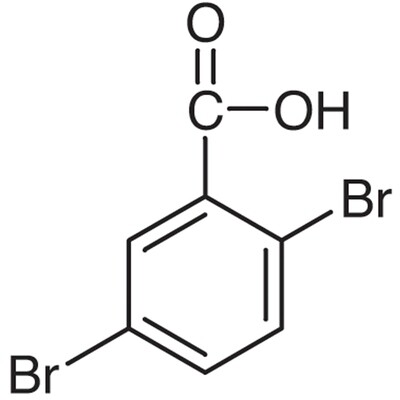Verzending 24–48 u • Levering in de hele EU • Veilige chemieverpakking
Lithium chloride, anhydrous 99+% 1 g
SKU 004815-1
€ 305,91
In stock
1
Save this product for later
Lithium chloride, anhydrous 99+% 1 g
Product Details
CAS number: 7447-41-8
Chemical formulas: LiCl/ F.W.42.39/ m.p. 605
Cation: Li
Packaging: 1 g
EAN: 8721028233479
Brand: Laboratoriumdiscounter
Lithium chloride, anhydrous, is a highly sought-after compound used in various industries. With its exceptional properties, including its ability to absorb moisture and its role as a catalyst in chemical reactions, lithium chloride is a valuable substance. From pharmaceuticals to batteries, this versatile compound plays a crucial role in numerous applications, making it an essential component in modern technology and scientific advancements.
When working with Lithium chloride, anhydrous, it is important to follow safety precautions to ensure your well-being. Here are some short safety instructions to consider: 1. Personal Protective Equipment (PPE): Always wear appropriate PPE, including gloves, safety goggles, and a lab coat or protective clothing, to protect your skin, eyes, and body from potential contact with the chemical. 2. Ventilation: Work in a well-ventilated area or use a fume hood to prevent the accumulation of hazardous vapors or dust. Lithium chloride, anhydrous can release irritating or toxic fumes when heated or exposed to moisture. 3. Handling and Storage: Handle the chemical with care, avoiding any spills or contact with moisture. Store it in a tightly sealed container away from incompatible substances, such as water or strong oxidizers. 4. Fire Safety: Lithium chloride, anhydrous is not flammable, but it can react with water or moisture to release flammable hydrogen gas. Keep it away from open flames or ignition sources. 5. First Aid: In case of accidental contact with the chemical, immediately flush the affected area with plenty of water for at least 15 minutes. Seek medical attention if necessary. 6. Emergency Procedures: Familiarize yourself with the emergency procedures specific to your workplace or laboratory. Know the location of safety showers, eyewash stations, fire extinguishers, and emergency exits. 7. Chemical Incompatibilities: Avoid contact or mixing Lithium chloride, anhydrous with strong oxidizers, acids, or water, as it can lead to hazardous reactions or releases of toxic gases. 8. Spill and Waste Disposal: In case of a spill, contain and clean it up promptly using appropriate absorbent materials. Dispose of the waste according to local regulations and guidelines. 9. Training and Knowledge: Ensure that you have received proper training and have a good understanding of the properties, hazards, and safe handling procedures associated with Lithium chloride, anhydrous before working with it. Remember, these instructions are not exhaustive, and it is essential to consult the specific safety data sheet (SDS) and follow the guidelines provided by the manufacturer or your organization.
Please note, not all safety data for this product is available on our website, for a complete list of P en H sentences and other safety instructions please request the MSDS at our customer service
You May Also Like

7-(TRIFLUOROMETHYL)-1H-INDAZOLE, 95%, 250mg
7-(TRIFLUOROMETHYL)-1H-INDAZOLE, 95%, 250mg
SKU F825630-250MG
€ 61,60

N-(2-methyl-5-nitrophenyl)acetamide, 95+%, 250mg
N-(2-methyl-5-nitrophenyl)acetamide, 95+%, 250mg
SKU F722329-250MG
€ 137,50
End user declaration required

2,3-Dimethylaniline>99.0%(GC)(T)500g
2,3-Dimethylaniline>99.0%(GC)(T)500g
Only for registered companies
SKU D0666-500G
€ 85,80
Display prices in:EUR







![tert-Butyl 4-(hydroxymethyl)-3-oxo-2,8-diazaspiro[4.5]decane-8-carboxylate, 97%, 1g tert-Butyl 4-(hydroxymethyl)-3-oxo-2,8-diazaspiro[4.5]decane-8-carboxylate, 97%, 1g](https://d2j6dbq0eux0bg.cloudfront.net/images/88473019/4771486907.png)

![(S)-1-(2-(2-Aminoethoxy)-5-chloropyridin-3-yl)-3-(2-chloro-7-(1-methoxyethyl)pyrazolo[1,5-a]pyrimidin-6-yl)urea hydrochloride, 98%, 250mg (S)-1-(2-(2-Aminoethoxy)-5-chloropyridin-3-yl)-3-(2-chloro-7-(1-methoxyethyl)pyrazolo[1,5-a]pyrimidin-6-yl)urea hydrochloride, 98%, 250mg](https://d2j6dbq0eux0bg.cloudfront.net/images/88473019/4763244325.png)
